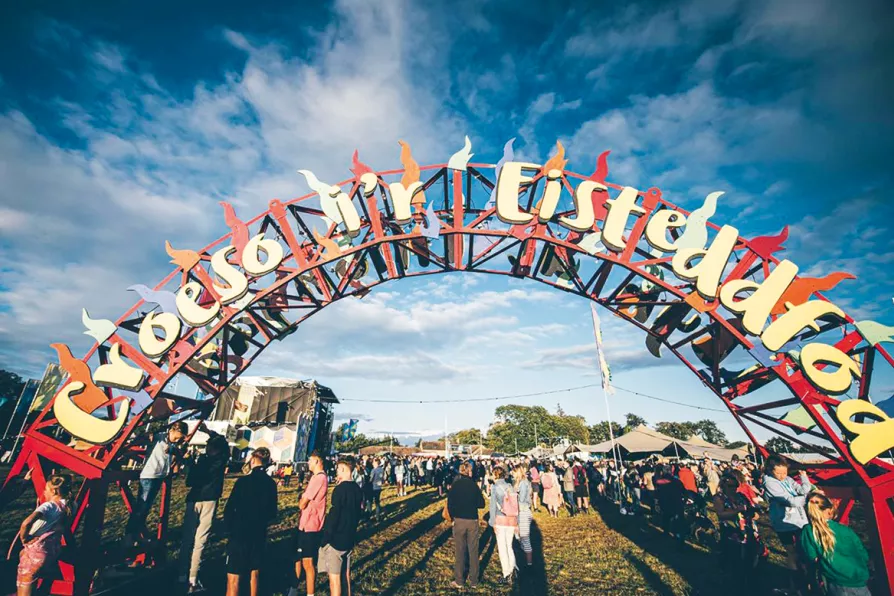1943-2025: How one man’s unfinished work reveals the lethal lie of ‘colour-blind’ medicine

 The entrance to the Eisteddfod festival 2024
The entrance to the Eisteddfod festival 2024
THE beginning of the week at the National Eisteddfod saw the National Library of Wales celebrating the life of the late Labour politician Ann Clwyd. She won her constituency, Cwm Cynon, part of the “bro” or catchment area for this year’s festival, in the miners’ strike of 1984. Before her death, she had contributed 260 boxes of material to the library’s political archive.
A controversial figure in Welsh politics, her major feat was to be elected in Cwm Cynon, the first female MP to represent a south Wales industrial Valleys seat, and then only the fourth female MP in Welsh history.
And so it was totally fitting to see Wales’ first female first minister, Eluned Morgan, on the panel, and describing Clwyd as “a fighter and one who was willing to upset people if necessary for an issue she believed in.”

The historic heartland of anti-fascist resistance and mining militancy now faces a new battle — stopping Nigel Farage. ANDREW MURRAY meets ex-Labour MP Beth Winter and former Plaid leader Leanne Wood, the two socialists leading the resistance












